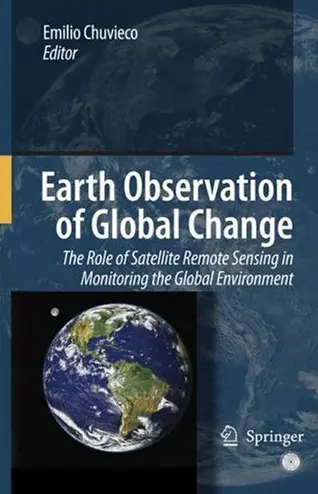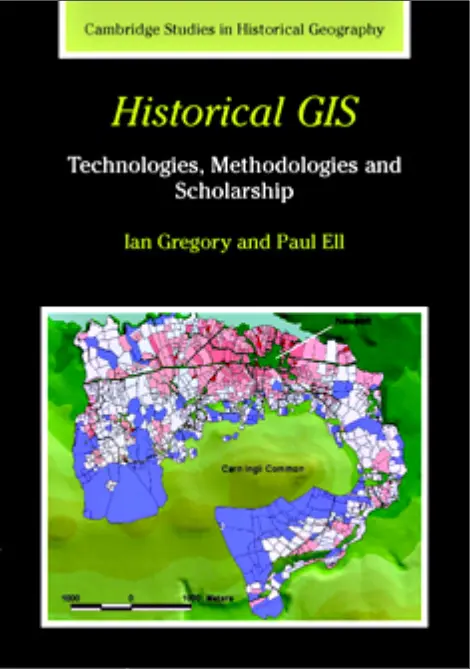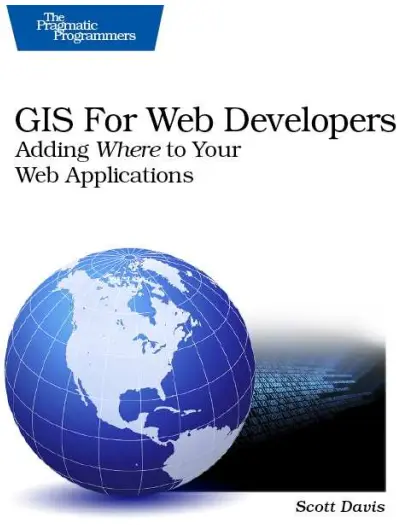GIS for Web Developers
🌐 GIS for Web Developers – Bringing Maps to Life in the Browser
“GIS for Web Developers” is the ultimate guide for programmers and geospatial enthusiasts who want to harness the power of mapping in modern web applications. It demystifies the world of spatial data and shows how to integrate maps, layers, and geolocation features using standard web development tools.
Covering essential technologies like PostGIS, GeoServer, OpenLayers, Leaflet, and Mapbox, this book provides hands-on tutorials for building interactive and high-performance web GIS applications. It walks you through creating spatial databases, serving dynamic map tiles, and connecting backend spatial queries with front-end JavaScript frameworks.
This book is ideal for:
- 🧑💻 Full-stack developers entering the GIS world
- 🗺️ GIS analysts shifting to web-based solutions
- 📱 App developers integrating location services
- 🌍 Anyone building dashboards, location intelligence, or smart city platforms
Whether you're building a real-time earthquake tracker, a route optimizer, or a land-use analysis tool, this book equips you with the exact skills needed to turn spatial data into smart, scalable, and interactive web apps.
Keywords: GIS Web Development, Leaflet.js, PostGIS, Mapbox, GeoServer, OpenLayers, Web Mapping, Spatial API, JavaScript GIS






comments
Leave a Reply
Your email address will not be published. Required fields are marked *